<< Our Photo Pages >> Whitehorse Hill cist - Cist in England in Devon
Submitted by MikeAitch on Monday, 14 September 2015 Page Views: 20027
Neolithic and Bronze AgeSite Name: Whitehorse Hill cist Alternative Name: White Horse Hill cistCountry: England County: Devon Type: Cist
Nearest Village: Chagford
Map Ref: SX6172485476
Latitude: 50.652507N Longitude: 3.957402W
Condition:
| 5 | Perfect |
| 4 | Almost Perfect |
| 3 | Reasonable but with some damage |
| 2 | Ruined but still recognisable as an ancient site |
| 1 | Pretty much destroyed, possibly visible as crop marks |
| 0 | No data. |
| -1 | Completely destroyed |
| 5 | Superb |
| 4 | Good |
| 3 | Ordinary |
| 2 | Not Good |
| 1 | Awful |
| 0 | No data. |
| 5 | Can be driven to, probably with disabled access |
| 4 | Short walk on a footpath |
| 3 | Requiring a bit more of a walk |
| 2 | A long walk |
| 1 | In the middle of nowhere, a nightmare to find |
| 0 | No data. |
| 5 | co-ordinates taken by GPS or official recorded co-ordinates |
| 4 | co-ordinates scaled from a detailed map |
| 3 | co-ordinates scaled from a bad map |
| 2 | co-ordinates of the nearest village |
| 1 | co-ordinates of the nearest town |
| 0 | no data |
Internal Links:
External Links:
I have visited· I would like to visit
neolithique02 Andy B have visited here
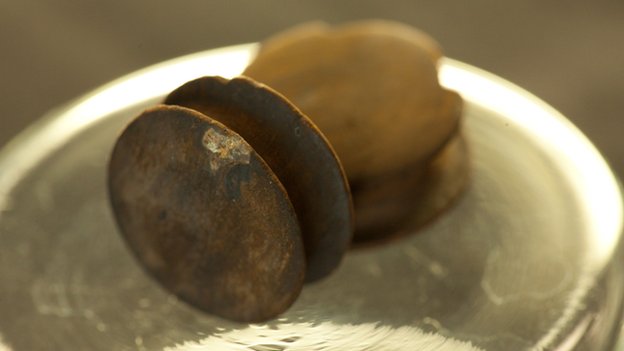
The monument includes a cist situated near the summit of Whitehorse Hill. The cist was, until 2001, visible in the edge of an irregularly shaped island of peat standing above its surroundings. Only the western edge of the cist was exposed, the remainder, including the cist's original contents, being sealed beneath peat deposits. The cist measures 0.3 meters deep by 0.4 meters wide and its capstone remains in its original position. Early in 2001 a protective drystone wall measuring 3.0 meters long by 0.9 meters high was built in front of the western edge of the cist, which as a result is no longer visible.
The drystone wall is included in the scheduling. This cist stands at a considerable height above sea level and, perhaps as a consequence, no broadly contemporary settlements are known to survive within its vicinity. (Department for Culture, Media and Sport 2003)
The stone cist is 0.6 meters long internally. The eastern end stone, the southern side stones and the capstone appear to be in situ but the northern side stone leans inward and the west end stone has collapsed. (Turner, J. R. 2000)
It is thought to be likely that this cist has not been disturbed due to its remote location. Excavation of the cist in order to save it from severe peat erosion started in August 2011. (Richards, A. F. 2011)
Source: Dartmoor HER
Update December 2019: This cist is featured on the Prehistoric Dartmoor Walks (PDW) website - see their entry for the Whitehorse Hill Cist, which includes a photograph of the cist. The cist is also recorded as Pastscape Monument No. 1376648, as MDV66367 (Whitehorse Hill Cist) on the Devon and Dartmoor HER, and scheduled as Historic England List Entry No. 1020871 (Cist on Whitehorse Hill, 910m south east of Taw Head).
Note: Whitehorse Hill community play - 19th/20th September, see our latest comments for more details
You may be viewing yesterday's version of this page. To see the most up to date information please register for a free account.

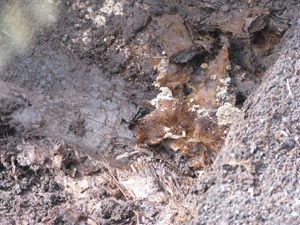


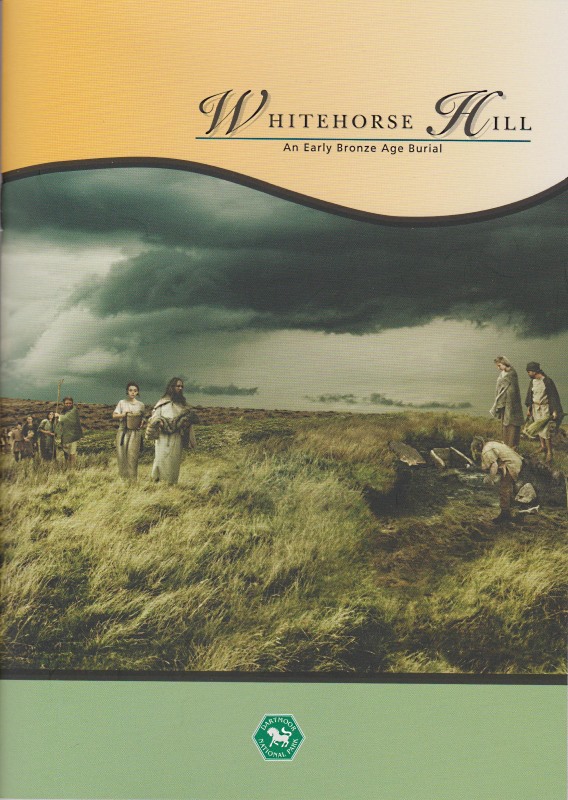


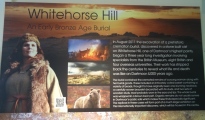







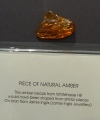





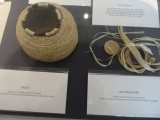



These are just the first 25 photos of Whitehorse Hill cist. If you log in with a free user account you will be able to see our entire collection.
Do not use the above information on other web sites or publications without permission of the contributor.
Click here to see more info for this site
Nearby sites
Key: Red: member's photo, Blue: 3rd party photo, Yellow: other image, Green: no photo - please go there and take one, Grey: site destroyed
Download sites to:
KML (Google Earth)
GPX (GPS waypoints)
CSV (Garmin/Navman)
CSV (Excel)
To unlock full downloads you need to sign up as a Contributory Member. Otherwise downloads are limited to 50 sites.
Turn off the page maps and other distractions
Nearby sites listing. In the following links * = Image available
587m N 352° Hangingstone Hill Cairn (SX61668606)
1.7km SSE 166° Quintins Man Cairn (SX62098386)
2.8km ENE 72° Shoveldown North West 5 Cairn (SX6438986247)
3.0km SSE 153° Sittaford Stone Circle* Stone Circle (SX63018281)
3.2km SE 136° Grey Wethers.* Stone Circle (SX63878313)
3.3km SSW 212° Cut Hill Stone Row* Stone Row / Alignment (SX59928275)
3.3km SSE 147° Sittaford Tor Cairn* Cairn (SX6346182650)
3.3km SSW 213° Cut Hill Cairn* Cairn (SX5982382745)
3.5km ESE 112° Froggymead Settlement* Ancient Village or Settlement (SX649841)
3.5km SE 137° Sittaford Tor pound* Misc. Earthwork (SX64018288)
3.5km E 91° Stonetor Hill Stone Ring Cairn Circle Ring Cairn (SX65198535)
3.5km ESE 117° Fernworthy settlement* Ancient Village or Settlement (SX6481183777)
3.5km E 89° Stonetor Hill Cairn Circle* Cairn (SX6525085470)
3.5km ESE 116° Hemstone Rocks Ring Cairn and Cist* Cairn (SX6485283850)
3.5km SE 137° South Teignhead* Cairn (SX64088284)
3.5km ESE 117° Hemstone Rocks Platform Cairn Circle* Cairn (SX6485683806)
3.5km E 86° Stonetor Brookhead East Cist (SX65288563)
3.7km SE 140° Sittaford Marsh Hut Circles* Ancient Village or Settlement (SX6402982560)
3.7km SE 138° White Ridge Standing Stone* Standing Stone (Menhir) (SX6416282653)
3.7km SE 138° White Ridge pound* Ring Cairn (SX6416882656)
4.0km ESE 105° Fernworthy stone row N* Multiple Stone Rows / Avenue (SX6553884336)
4.0km ESE 105° Fernworthy Cairn N* Cairn (SX65548433)
4.0km ESE 109° Fernworthy Cairn SW* Cairn (SX65478410)
4.0km ESE 109° Fernworthy circle* Stone Circle (SX65488411)
4.0km ESE 109° Fernworthy stone row SW* Multiple Stone Rows / Avenue (SX6547984105)
View more nearby sites and additional images

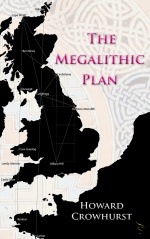

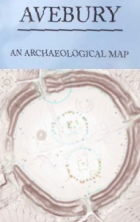


 We would like to know more about this location. Please feel free to add a brief description and any relevant information in your own language.
We would like to know more about this location. Please feel free to add a brief description and any relevant information in your own language. Wir möchten mehr über diese Stätte erfahren. Bitte zögern Sie nicht, eine kurze Beschreibung und relevante Informationen in Deutsch hinzuzufügen.
Wir möchten mehr über diese Stätte erfahren. Bitte zögern Sie nicht, eine kurze Beschreibung und relevante Informationen in Deutsch hinzuzufügen. Nous aimerions en savoir encore un peu sur les lieux. S'il vous plaît n'hesitez pas à ajouter une courte description et tous les renseignements pertinents dans votre propre langue.
Nous aimerions en savoir encore un peu sur les lieux. S'il vous plaît n'hesitez pas à ajouter une courte description et tous les renseignements pertinents dans votre propre langue. Quisieramos informarnos un poco más de las lugares. No dude en añadir una breve descripción y otros datos relevantes en su propio idioma.
Quisieramos informarnos un poco más de las lugares. No dude en añadir una breve descripción y otros datos relevantes en su propio idioma.